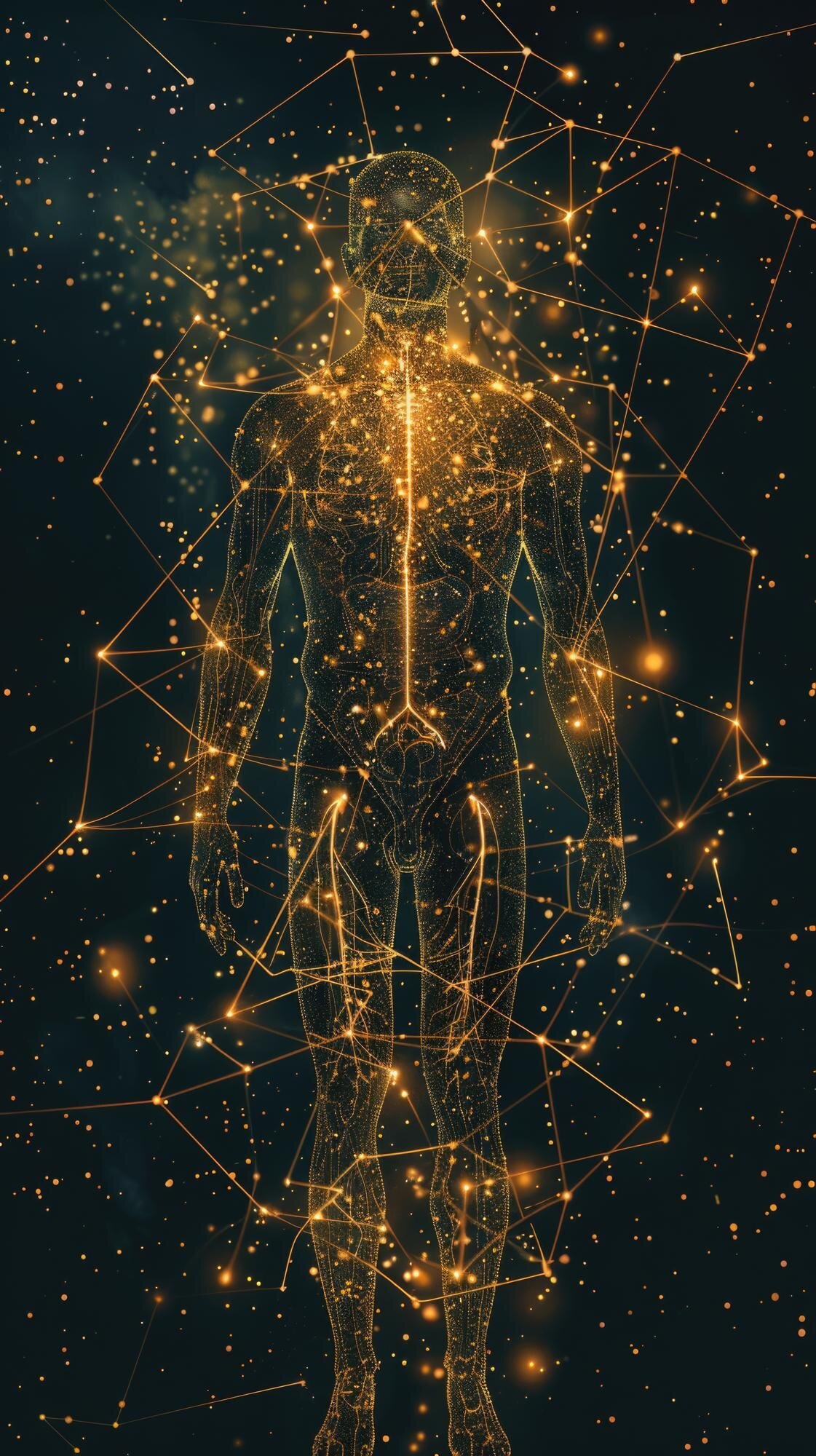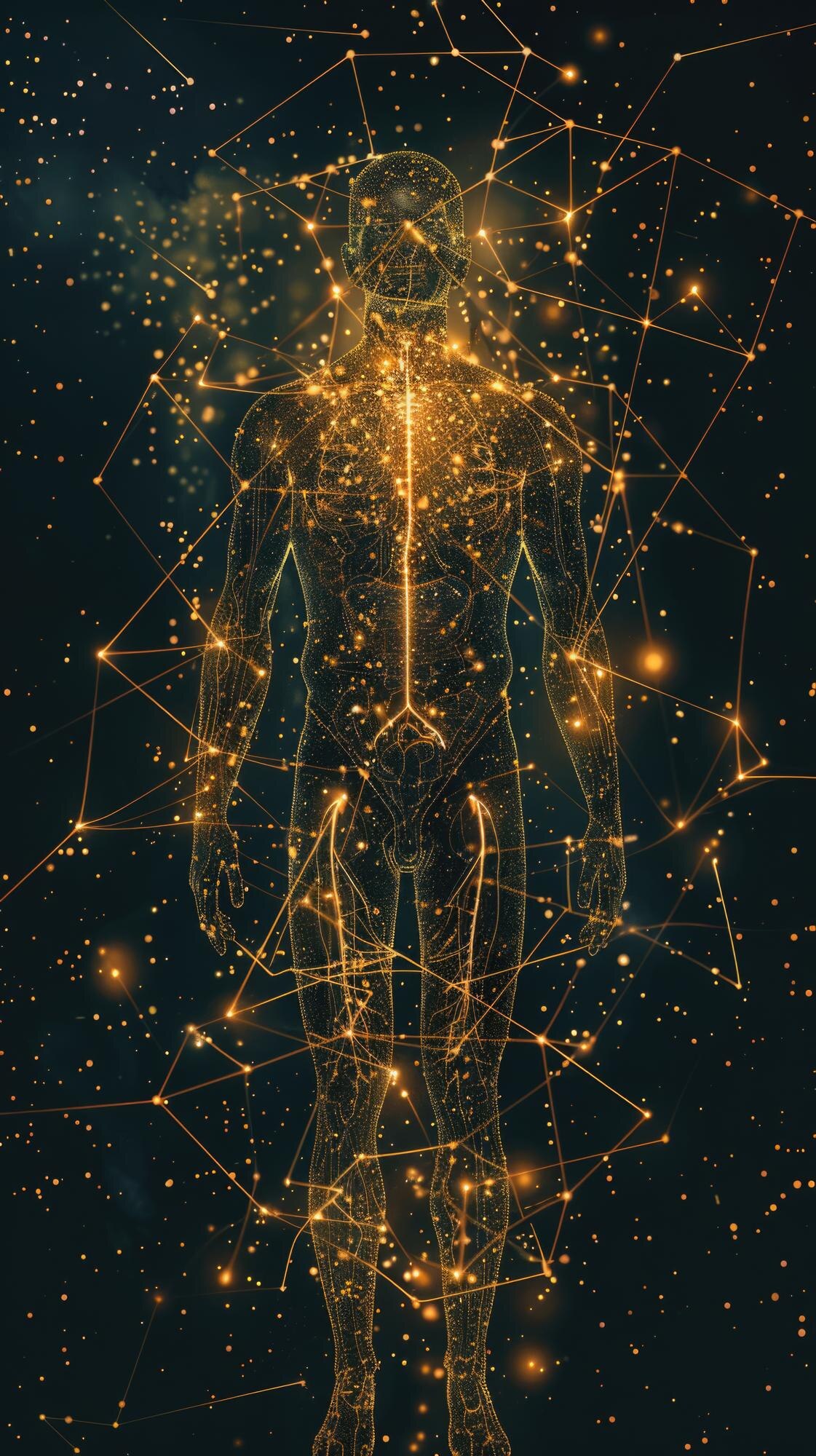
The Science Behind Compulsive Behaviors: Understanding Your Brain’s Survival Mechanism
You might feel trapped in a cycle of compulsive behaviors, but it’s not your fault. Your brain’s survival mechanism is at work, trying to shield you from emotional pain, yet leaving you feeling powerless. But here’s the truth: you’re not broken. Understanding how your brain operates can pave the way to emotional healing and liberation. In this blog, uncover the science behind those urges and discover how you can regain control. This is your chance to transform pain into strength. Let’s begin. For more insights, visit this resource.
Understanding Compulsive Behaviors

Understanding compulsive behaviors begins with acknowledging the intricate processes within your brain. These behaviors are not a sign of weakness but a manifestation of your brain’s ancient wiring designed for survival. By recognizing how your brain’s mechanisms work, you can start to see the path toward emotional healing and regain control over your actions.
Your Brain’s Survival Mechanism
The human brain is wired to prioritize survival above all else. Compulsive behaviors can be understood as survival mechanisms gone awry. When you encounter emotional pain, your brain triggers these behaviors as a protective response. According to Stanford Medicine, this wiring is deeply embedded, originating from humanity’s early days when survival depended on swift responses to threats.
In modern society, these threats often translate into emotional pain rather than physical danger. Your brain activates compulsive actions to shield you from this pain, even if these actions become self-destructive. This is why compulsions often feel uncontrollable—they’re your brain’s attempt to keep you safe.
Understanding this mechanism allows you to approach your compulsions with compassion. You can begin to see them not as personal failings but as automatic responses you can learn to manage. By doing so, you lay the groundwork for emotional liberation and healing.
How Emotional Pain Triggers Action
Emotional pain often acts as a catalyst for compulsive behaviors. When individuals experience distress, the emotional centers of the brain become highly active. This triggers the release of stress hormones, urging the body to take action. As explained in this YouTube video, these actions can manifest as compulsions aimed at alleviating discomfort.
For many, compulsive actions provide a temporary escape. They offer momentary relief from the emotional turmoil. However, the relief is fleeting, often followed by feelings of guilt or shame. This cycle perpetuates the compulsive behavior, making it difficult to break free.
By identifying the emotional triggers that lead to compulsive actions, you can begin to interrupt the cycle. Awareness of these triggers is the first step in managing your responses. This understanding empowers you to replace compulsive actions with healthier coping strategies.
The Neurological Basis of Compulsions

The neurological basis of compulsions lies in the brain pathways that dictate survival instincts. Understanding these pathways provides insight into why compulsive behaviors occur and how they can be managed. By exploring these mechanisms, you can start the journey toward emotional healing and self-awareness.
Brain Pathways and Survival Instincts
Compulsions are deeply rooted in the brain’s pathways. These pathways are designed to ensure survival by prompting quick responses to perceived threats. When it comes to emotional pain, the brain reacts as if it’s facing a physical threat. The National Center for Biotechnology Information describes how these pathways involve key brain regions like the amygdala and prefrontal cortex.
Amygdala: Triggers the fight-or-flight response, heightening emotions and urgency.
Prefrontal Cortex: Responsible for decision-making but can be overridden by emotional impulses.
These pathways explain why compulsions feel irresistible. They’re driven by survival instincts that precede rational thought. Recognizing these pathways provides a framework to challenge and eventually rewire them.
Awareness of these brain processes is critical in developing strategies to manage compulsive behaviors. By understanding the pathways, you can begin to implement changes that align with healthier responses.
Emotional Healing Through Awareness
Awareness is a powerful tool for emotional healing. By becoming aware of the brain’s role in compulsive behaviors, you can start to address the emotional pain that fuels them. This awareness is a stepping stone toward breaking free from compulsive cycles and fostering emotional well-being.
Recognize Triggers: Identify the emotional triggers that prompt compulsive behaviors.
Practice Mindfulness: Stay present, allowing you to observe urges without acting on them.
Seek Support: Engage with communities or programs that provide guidance and understanding.
By developing awareness, you can create a space for emotional healing. This process involves recognizing patterns and gradually changing your responses. Over time, this leads to greater emotional resilience and freedom from compulsions.
Steps Toward Emotional Liberation

Taking steps toward emotional liberation involves building self-worth and employing empowerment techniques. Through a non-judgmental approach, you can cultivate a sense of self-worth and initiate lasting change.
Building Self-Worth in a Non-Judgmental Space
Building self-worth is crucial for emotional liberation. It involves creating an environment where you feel safe to explore your emotions without judgment. PMC Research emphasizes the importance of a supportive space for personal growth.
Self-Reflection: Engage in activities that promote introspection and self-discovery.
Affirmations: Use positive affirmations to reinforce a sense of worth and value.
Compassionate Support: Surround yourself with individuals or groups that offer understanding and empathy.
By fostering self-worth, you create a foundation for emotional healing. This process allows you to replace self-destructive behaviors with self-care and compassion.
Empowerment Techniques for Lasting Change 🌱
Empowerment techniques provide the tools for lasting change. By incorporating these methods, you can transform compulsive behaviors into constructive actions. Here are some techniques:
Set Goals: Define clear, achievable goals that align with your values.
Develop Coping Strategies: Identify alternative responses to emotional triggers.
Practice Gratitude: Cultivate a habit of gratitude to shift focus from pain to positivity.
These techniques empower you to take control of your emotional well-being. Implementing them consistently fosters resilience and supports your journey toward self-worth and emotional liberation.
By understanding and applying these concepts, you can transform your relationship with compulsive behaviors. Remember, you’re not alone in this journey. 🌟



